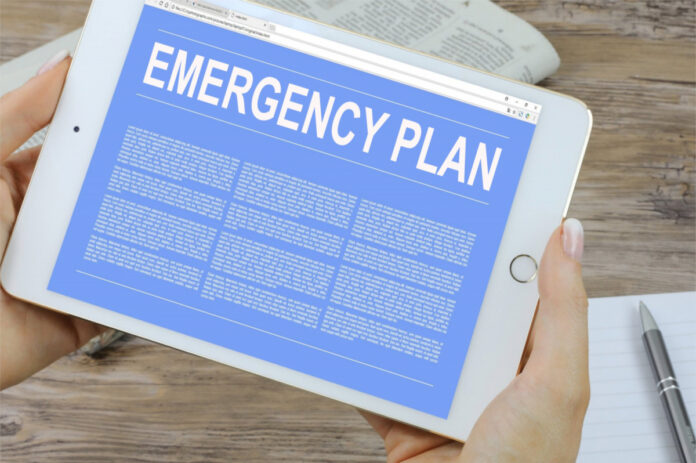For the past two years, South Africans have been hearing a lot about the state of disaster. The president announced the country would be going into a state of disaster to coincide with the lockdown. Most recently, another national state of disaster was declared around the KwaZulu Natal floods. Then last year, there were calls for a state of emergency to deal with the July Unrest. So what exactly is this difference between the two?
Firstly, who has the power to call for either of these?
There are two acts which govern the state of emergency and disaster respectively. These acts empower the president to make regulations and to declare either of these states. However, each of the states have different rules and regulations governing them. A state of emergency can only be declared when there is a threat of South Africa’s life and existence.
So what is a National State of Disaster?
During the beginning of the pandemic as part of the government’s response to it, the president declared the state of disaster. It was declared to manage and mitigate the risks and fallout of the pandemic. As extraordinary measures were needed to manage the pandemic, the government used the state of disaster to enact these measures. Some of the measures include the hard lockdown, curfews, mask wearing and limitations of gatherings.
All the measures though are part of the procedures of what happens when the declaration of a state of disaster takes place. Once the “disaster” occurs, the national disaster management centre is responsible for classifying the event as either a local, provincial or national disaster. In the case of the pandemic it was a national disaster while the floods were provincial.
The minister of cooperative governance and traditional affairs then issues regulations or directions to deal with it. The declaration of the national state of disaster usually ends after three months but can be extended. As was seen with the pandemic, it was extended many times. The oversight for the state of disaster lies with the courts and the national assembly as explained in the constitution.
And what is a National State of Emergency?
On the other hand, a national state of emergency is done when there is a direct threat to the country whether internally or externally. It is also governed by requirements set out in the constitution. The state must be declared in terms of an act of parliament and it must be necessary to restore peace and order. It can be declared only when the life of the nation is threatened by war, invasion, general insurrection, disorder, a natural disaster or other public emergency. The president can declare the state for the entire country or parts of the country by publishing a notice in the government gazette.
During the state of emergency, the president has the power to make emergency regulations that they deem necessary to restore peace and order. However, even under the state of emergency with extraordinary circumstances, there are certain rights which cannot be limited or infringed. This includes the right to life, human dignity and the right to not be subjected to torture, slavery or forced servitude.
RELATED:
Neither State Of Emergency Or Death Penalty Are Solutions To GBV
While a state of disaster is valid for three months (until extended), the state of emergency is only valid for 21 days. An extension will need to be voted on in parliament by the national assembly with a 50-60% support.
What law governs these states?
The Disaster Management Act of 2002 provides for an integrated and coordinated disaster management policy. This policy focuses on the prevention and reduction of the risk of disasters. This act deals with the state of disaster. When the president declares the state of disaster, the president must establish an intergovernmental committee on disaster. It must consist of cabinet members, MECs of each province and members of municipal councils.
The State of Emergency Act of 1997 provides for the declaration of a state of emergency. This act empowers the president to make regulations in pursuance of any such declaration; and to provide for matters connected therewith. The constitution provides that a state of emergency may be declared only in terms of an act of parliament. It may only be declared when the life of the nation is threatened by war, invasion, general insurrection, disorder, natural disaster or other public emergency and the declaration is necessary to restore peace and order.









